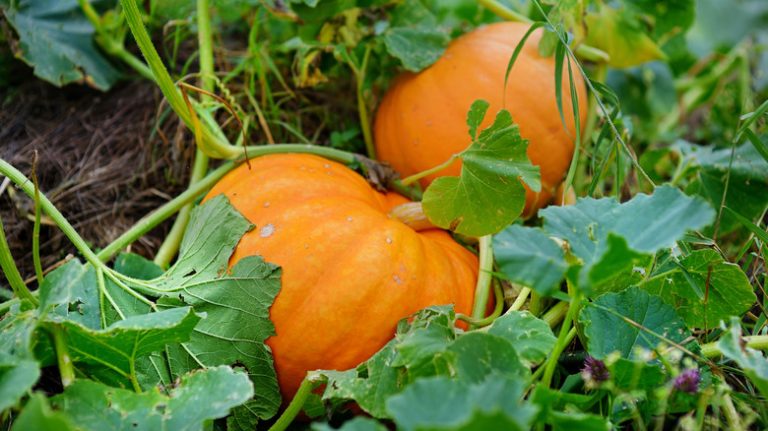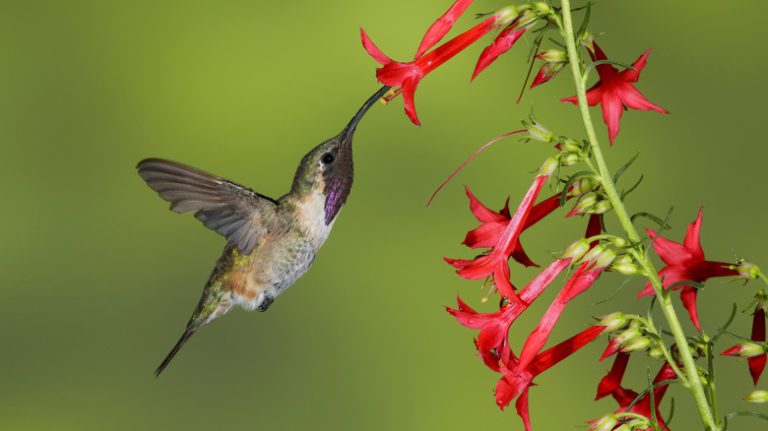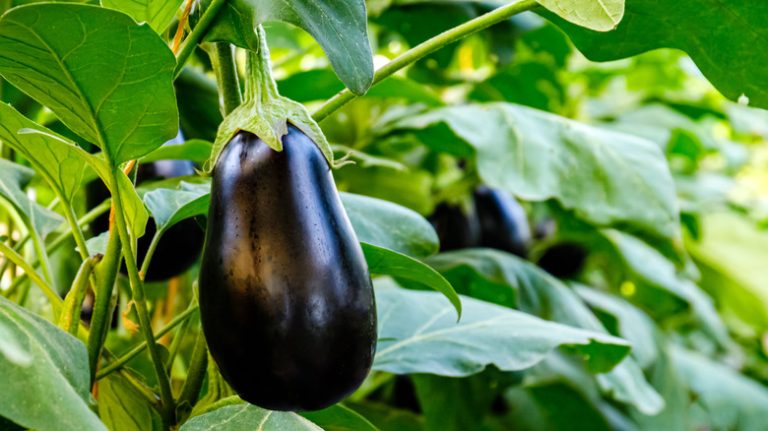During the fall hummingbird migration season, these beautiful birds will stop at many feeders on the path to their winter home. There is a misconception that leaving a feeder up for too long will keep hummingbirds around, causing them to suffer and possibly die in cold weather because they want to stay by the food source. Thankfully, their migration instincts are too strong to be fooled by easy access to nectar. When the days grow shorter and the angle of the sun changes, hummingbirds naturally know it’s time to head south, so you can leave your feeder up until you stop seeing visitors.
There is no specific date that indicates it’s time to take down your feeder, as the right time depends on where you live. In some regions, it’s early fall, and in warmer climates, you may need to leave it up into early winter. In the warmest areas of the United States, you may even be lucky enough to have hummingbirds year-round, in which case you don’t need to take down the feeder at all. While there is no single rule for when to take down your feeder, there are some signs to look for.
When to take down your feeder
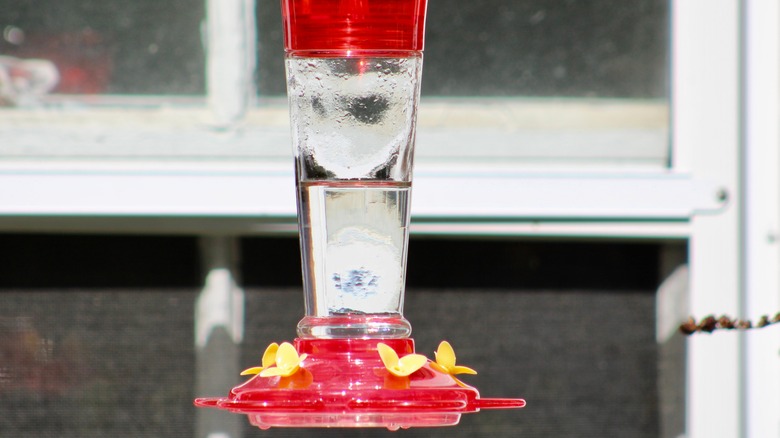
The primary sign that it is time to put your hummingbird feeder away for the season is when you stop seeing hummingbirds. That may seem obvious, but there is a caveat. Just because you haven’t seen one of your feathery friends for a few days does not mean the migration season is over. While your regular visitors may have started their journey south, others may be headed your way and would be grateful for some fuel as they continue to their winter home. This is particularly important in coastal areas where some hummingbirds make one more stop for food before they cross the ocean. In these regions, like those along the Gulf of Mexico, it’s a good idea to keep your feeders up through November to feed any stragglers that come along.
If you have not had any hummingbirds at your feeders for at least a few weeks, it should be safe to take them down. However, if you are concerned about having late visitors migrating through, it does not hurt to leave them up for a month. Some birds may still be stopping by even if you don’t see them. Just make sure to keep the nectar fresh and your feeder clean for as long as you are providing nectar.
How to clean and store your hummingbird feeder
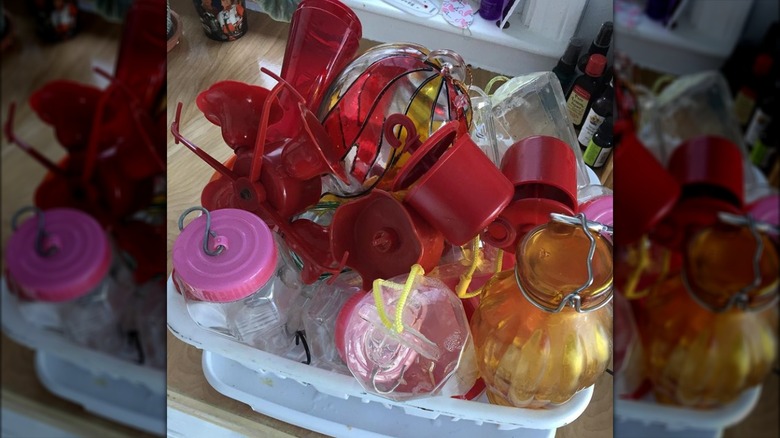
When it seems as though you have enjoyed your last visitor, it’s time to deep clean your feeder so it’s ready for the early migrating hummingbirds next spring. This is the perfect time to thoroughly scrub those nooks and crannies to make sure no mold grows while it’s in storage. You will need a bottle brush, dish soap, and a smaller scrub brush like those used for cleaning reusable straws.
Empty your feeder of the nectar and take apart everything that will can be removed, including decorative pieces and perches. Soak all the parts in hot, soapy water for a few hours to loosen any dirt and debris. Scrub every part of the feeder inside and out, using the bottle brush for the inside of the nectar container and the smaller brush to get inside feeder holes and around any decorative areas. Rinse everything and let it air dry. Wrap your feeder in a bag or tissue paper and put it away for the season as you wait for these amazing birds to return next year.

